-
 Bitcoin
Bitcoin $105,258.6189
0.51% -
 Ethereum
Ethereum $2,537.6983
-0.09% -
 Tether USDt
Tether USDt $1.0004
0.01% -
 XRP
XRP $2.1623
-1.02% -
 BNB
BNB $656.2037
-0.25% -
 Solana
Solana $155.6835
-0.36% -
 USDC
USDC $0.9998
-0.01% -
 Dogecoin
Dogecoin $0.1932
0.32% -
 TRON
TRON $0.2684
0.58% -
 Cardano
Cardano $0.6799
-0.56% -
 Sui
Sui $3.3044
1.12% -
 Hyperliquid
Hyperliquid $32.7198
-0.42% -
 Chainlink
Chainlink $14.0014
0.51% -
 Avalanche
Avalanche $20.9184
0.45% -
 Stellar
Stellar $0.2673
0.10% -
 Bitcoin Cash
Bitcoin Cash $404.5400
-3.44% -
 UNUS SED LEO
UNUS SED LEO $8.6316
0.20% -
 Toncoin
Toncoin $3.1428
1.42% -
 Shiba Inu
Shiba Inu $0.0...01303
2.38% -
 Hedera
Hedera $0.1685
0.17% -
 Litecoin
Litecoin $87.8367
0.48% -
 Polkadot
Polkadot $4.0670
-0.59% -
 Monero
Monero $328.6720
1.59% -
 Bitget Token
Bitget Token $4.7421
-0.20% -
 Ethena USDe
Ethena USDe $1.0012
0.02% -
 Dai
Dai $1.0000
0.02% -
 Pepe
Pepe $0.0...01184
1.31% -
 Pi
Pi $0.6440
1.49% -
 Uniswap
Uniswap $6.2558
2.47% -
 Aave
Aave $253.1300
1.69%
Binance contract margin description: Analysis of the difference between full position and position-by-position mode
Binance offers full position and position-by-position margin modes, impacting margin efficiency and risk management for futures and options trading.
May 28, 2025 at 10:50 am

Introduction to Binance Contract Margin
Binance, one of the leading cryptocurrency exchanges, offers a variety of trading options, including futures and options contracts. Understanding the margin modes is crucial for traders looking to maximize their potential returns while managing risk effectively. In this article, we will delve into the specifics of the full position margin mode and the position-by-position margin mode, analyzing their key differences and how they impact trading strategies.
Full Position Margin Mode Explained
The full position margin mode on Binance is designed to treat all open positions as a single entity for the purpose of margin calculations. This means that the margin required to maintain all positions is calculated based on the total exposure across all contracts.
In this mode, if a trader has multiple positions in different contracts, the margin required will be the sum of the margins needed for each position, but calculated as if they were part of a single position. This can lead to more efficient use of margin when the positions are correlated, as the net exposure is considered rather than the gross exposure.
Position-by-Position Margin Mode Explained
In contrast, the position-by-position margin mode calculates the margin requirement for each individual position separately. Each contract's margin requirement is calculated independently, and the total margin required is the sum of these individual calculations.
This mode can be beneficial for traders who wish to isolate the risk of each position. By treating each position separately, traders can more easily manage the risk associated with each contract without the performance of one position affecting the margin requirements of others.
Key Differences Between Full Position and Position-by-Position Margin Modes
The primary difference between these two margin modes lies in how they handle the calculation of margin requirements. Full position margin mode aggregates all positions for margin calculation, potentially leading to more efficient use of margin when positions are correlated. On the other hand, position-by-position margin mode isolates each position, allowing for more granular control over risk management.
Another significant difference is the impact on liquidation risk. In full position mode, a loss in one position could affect the margin available for all other positions, potentially leading to a higher risk of liquidation across the board. In position-by-position mode, the risk of liquidation is isolated to each position, reducing the potential for a domino effect.
Choosing the Right Margin Mode for Your Trading Strategy
Selecting the appropriate margin mode depends on a trader's specific strategy and risk tolerance. Full position margin mode is often preferred by traders who engage in hedging or who have correlated positions, as it can lead to more efficient use of margin. This mode is beneficial for those who want to manage their overall exposure as a single portfolio.
Conversely, position-by-position margin mode is ideal for traders who want to manage each position independently. This mode is suitable for those who engage in diverse trading strategies across different contracts and wish to isolate the risk associated with each position.
Practical Example of Margin Calculation in Both Modes
To illustrate the difference between these margin modes, let's consider a practical example. Suppose a trader has two positions: a long position in BTC/USDT futures and a short position in ETH/USDT futures.
Full Position Margin Mode: The margin required will be calculated based on the net exposure of both positions. If the long BTC position and the short ETH position are correlated (e.g., BTC and ETH prices move in the same direction), the net exposure might be lower, leading to a lower total margin requirement.
Position-by-Position Margin Mode: The margin required will be the sum of the margins needed for the BTC/USDT position and the ETH/USDT position, calculated independently. If the positions are not correlated, this mode could result in a higher total margin requirement compared to the full position mode.
How to Switch Between Margin Modes on Binance
Switching between margin modes on Binance is a straightforward process. Here's how to do it:
- Log in to your Binance account and navigate to the futures trading section.
- Select the contract for which you want to change the margin mode.
- Click on the "Position Mode" button located at the top of the trading interface.
- Choose between "One-way Mode" (full position) and "Hedge Mode" (position-by-position).
- Confirm your selection to apply the new margin mode.
Frequently Asked Questions
Q1: Can I switch margin modes while I have open positions?
A1: Yes, you can switch between full position and position-by-position margin modes even with open positions. However, be aware that changing the margin mode may affect your margin requirements and potentially trigger liquidations if the new mode requires more margin than is currently available.
Q2: Are there any fees associated with switching margin modes?
A2: Binance does not charge any fees for switching between margin modes. However, traders should be mindful of potential changes in margin requirements that could affect their positions.
Q3: How does the choice of margin mode affect my overall trading performance?
A3: The choice of margin mode can significantly impact your trading performance. Full position mode can lead to more efficient use of margin and potentially higher returns if positions are correlated. Position-by-position mode offers better risk isolation, which can protect your portfolio from cascading liquidations but may require more margin overall.
Q4: Can I use different margin modes for different contracts on Binance?
A4: Yes, Binance allows you to set different margin modes for different contracts. This flexibility enables you to tailor your trading strategy to the specific needs of each contract you are trading.
Disclaimer:info@kdj.com
The information provided is not trading advice. kdj.com does not assume any responsibility for any investments made based on the information provided in this article. Cryptocurrencies are highly volatile and it is highly recommended that you invest with caution after thorough research!
If you believe that the content used on this website infringes your copyright, please contact us immediately (info@kdj.com) and we will delete it promptly.
- Cardano’s $35M Shock Exit: Could ADA Lead the Next Crypto Surge?
- 2025-06-02 00:01:00
- Top Universities That Produce Venture-Backed Startup Founders
- 2025-06-02 00:01:00
- XRP Price Today Drops Below $2.45 Resistance as Bears Regain Control
- 2025-06-01 23:55:12
- Ripple vs SEC Battle Might Finally Be Wrapping Up This Year
- 2025-06-01 23:55:12
- Ethereum (ETH) Expected to Outperform Solana (SOL) During the Upcoming Altcoin Season
- 2025-06-01 23:50:12
- Bitcoin Pepe Emerges as a Standout Contender in the 2025 Meme Coin Rally
- 2025-06-01 23:50:12
Related knowledge
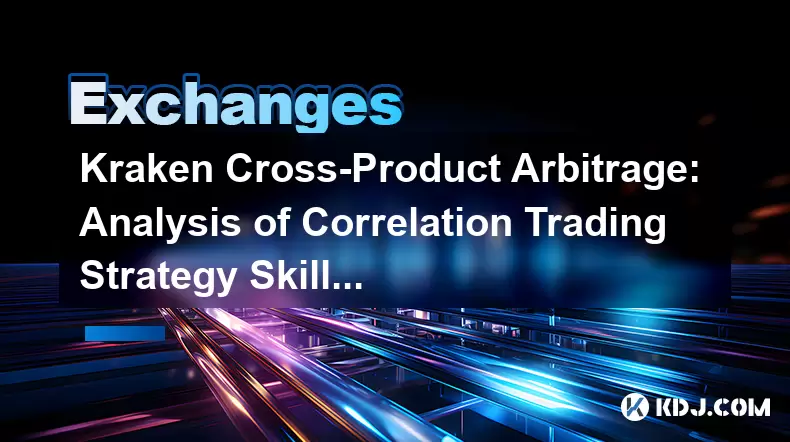
Kraken Cross-Product Arbitrage: Analysis of Correlation Trading Strategy Skills
May 31,2025 at 04:08am
Introduction to Kraken Cross-Product ArbitrageKraken, one of the leading cryptocurrency exchanges, offers a diverse range of trading products, including spot trading, margin trading, and futures trading. Cross-product arbitrage on Kraken involves exploiting price differences between these different trading products to generate profits. This strategy req...
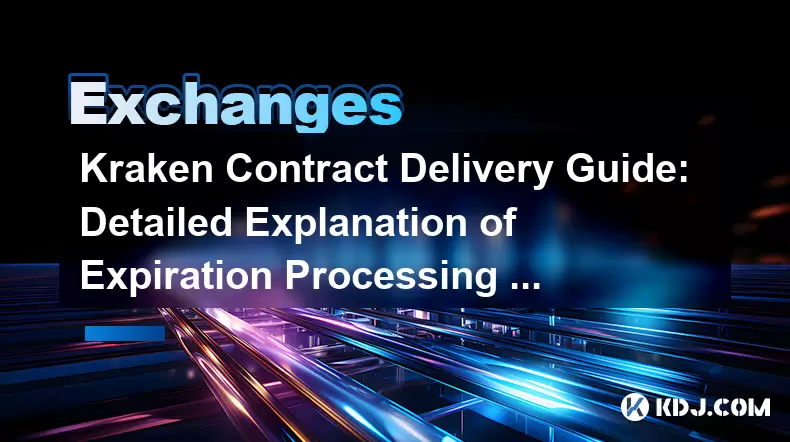
Kraken Contract Delivery Guide: Detailed Explanation of Expiration Processing Operation
May 31,2025 at 09:36am
Kraken, one of the leading cryptocurrency exchanges, offers a variety of trading options, including futures contracts. Understanding how to manage contract expirations is crucial for traders to maximize their returns and minimize potential losses. This guide provides a detailed explanation of the expiration processing operation on Kraken, ensuring you a...
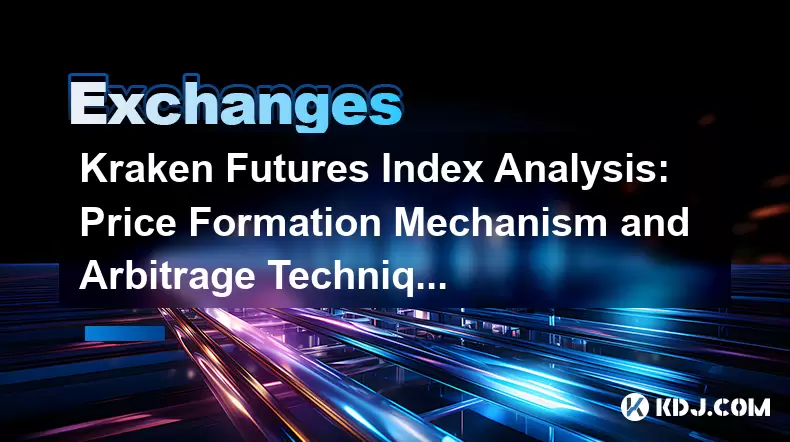
Kraken Futures Index Analysis: Price Formation Mechanism and Arbitrage Techniques
May 31,2025 at 02:42pm
Introduction to Kraken Futures IndexThe Kraken Futures Index is a crucial tool for traders and investors within the cryptocurrency market. It serves as a benchmark for futures contracts traded on the Kraken platform, providing insights into the price movements and market sentiment of various cryptocurrencies. Understanding the price formation mechanism ...
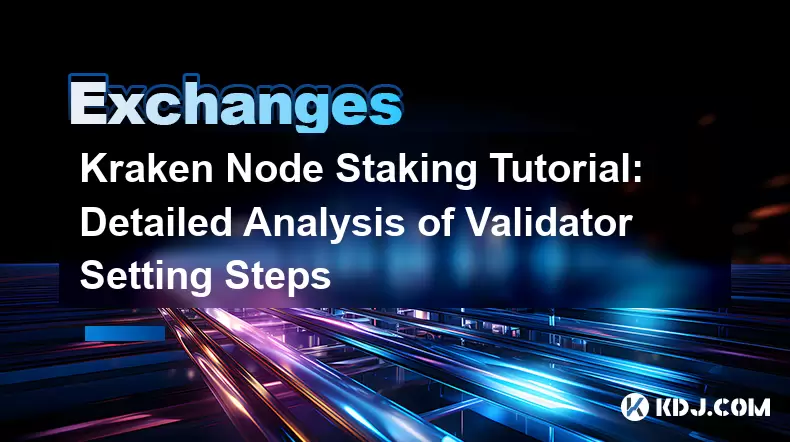
Kraken Node Staking Tutorial: Detailed Analysis of Validator Setting Steps
Jun 01,2025 at 11:18am
Introduction to Kraken Node StakingKraken, a well-known cryptocurrency exchange, offers a node staking service that allows users to participate in blockchain networks as validators. Staking on Kraken involves locking up your cryptocurrencies to support the operations and security of a blockchain network, in return for rewards. This tutorial focuses on t...
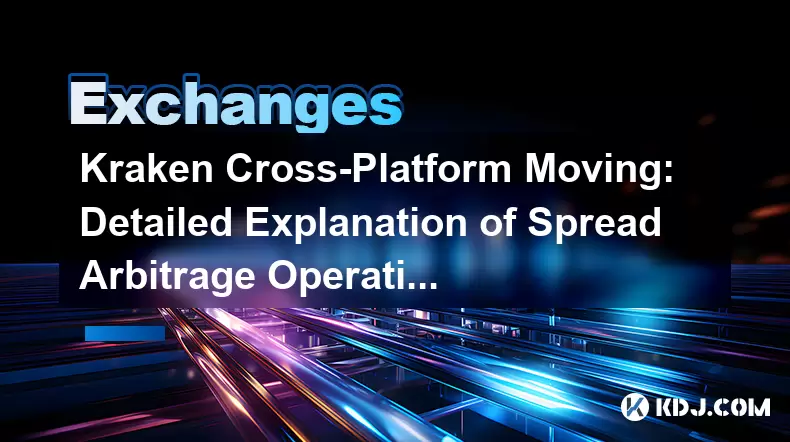
Kraken Cross-Platform Moving: Detailed Explanation of Spread Arbitrage Operation Steps
Jun 01,2025 at 04:14pm
Kraken, one of the leading cryptocurrency exchanges, offers a versatile platform for trading across multiple cryptocurrencies. One of the strategies traders use on Kraken is spread arbitrage, which involves taking advantage of price differences for the same asset across different trading pairs or platforms. This article will provide a detailed explanati...
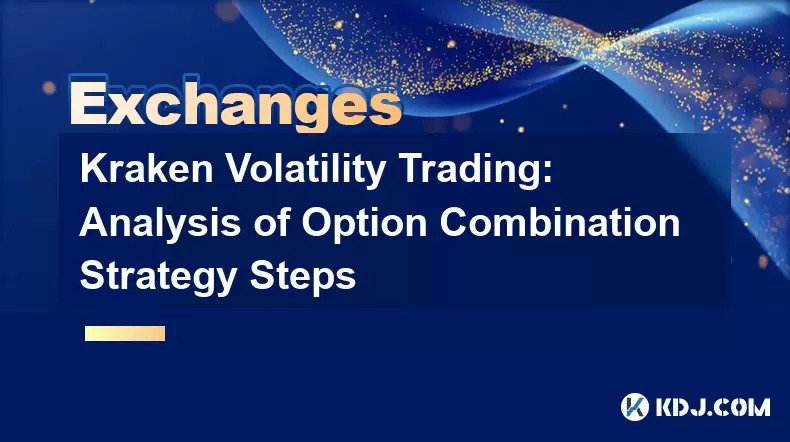
Kraken Volatility Trading: Analysis of Option Combination Strategy Steps
May 31,2025 at 04:50am
Kraken, one of the leading cryptocurrency exchanges, offers a robust platform for trading various digital assets, including options. Volatility trading on Kraken involves using option combination strategies to capitalize on the price fluctuations of cryptocurrencies. This article will delve into the detailed steps and analysis of option combination stra...

Kraken Cross-Product Arbitrage: Analysis of Correlation Trading Strategy Skills
May 31,2025 at 04:08am
Introduction to Kraken Cross-Product ArbitrageKraken, one of the leading cryptocurrency exchanges, offers a diverse range of trading products, including spot trading, margin trading, and futures trading. Cross-product arbitrage on Kraken involves exploiting price differences between these different trading products to generate profits. This strategy req...

Kraken Contract Delivery Guide: Detailed Explanation of Expiration Processing Operation
May 31,2025 at 09:36am
Kraken, one of the leading cryptocurrency exchanges, offers a variety of trading options, including futures contracts. Understanding how to manage contract expirations is crucial for traders to maximize their returns and minimize potential losses. This guide provides a detailed explanation of the expiration processing operation on Kraken, ensuring you a...

Kraken Futures Index Analysis: Price Formation Mechanism and Arbitrage Techniques
May 31,2025 at 02:42pm
Introduction to Kraken Futures IndexThe Kraken Futures Index is a crucial tool for traders and investors within the cryptocurrency market. It serves as a benchmark for futures contracts traded on the Kraken platform, providing insights into the price movements and market sentiment of various cryptocurrencies. Understanding the price formation mechanism ...

Kraken Node Staking Tutorial: Detailed Analysis of Validator Setting Steps
Jun 01,2025 at 11:18am
Introduction to Kraken Node StakingKraken, a well-known cryptocurrency exchange, offers a node staking service that allows users to participate in blockchain networks as validators. Staking on Kraken involves locking up your cryptocurrencies to support the operations and security of a blockchain network, in return for rewards. This tutorial focuses on t...

Kraken Cross-Platform Moving: Detailed Explanation of Spread Arbitrage Operation Steps
Jun 01,2025 at 04:14pm
Kraken, one of the leading cryptocurrency exchanges, offers a versatile platform for trading across multiple cryptocurrencies. One of the strategies traders use on Kraken is spread arbitrage, which involves taking advantage of price differences for the same asset across different trading pairs or platforms. This article will provide a detailed explanati...

Kraken Volatility Trading: Analysis of Option Combination Strategy Steps
May 31,2025 at 04:50am
Kraken, one of the leading cryptocurrency exchanges, offers a robust platform for trading various digital assets, including options. Volatility trading on Kraken involves using option combination strategies to capitalize on the price fluctuations of cryptocurrencies. This article will delve into the detailed steps and analysis of option combination stra...
See all articles
























































































